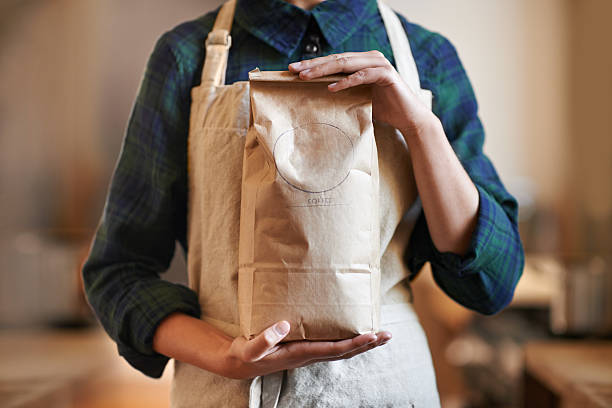
An estimated 8.3 billion tonnes of plastic have been manufactured since industrial production got underway in the 1950s.
According to a 2017 study, which also found that just 9% of this plastic is recycled properly, this is the case. 12% of the garbage that cannot be recycled is burned, and the remainder pollutes the environment by being dumped in landfills.
The ideal answer would be to reduce single-use plastic use or make packaging materials more sustainable because avoiding conventional forms of packaging is not always practicable.
Traditional plastics are being replaced by reusable or ecologically friendly materials, such compostable coffee packaging, in numerous industries, including the speciality coffee industry.
The container for compostable coffee, however, is comprised of organic material that decomposes over time. Some people in the coffee industry are worried about the product’s shelf life as a result. However, compostable coffee bags are incredibly strong and effective at preserving coffee beans when kept in the right storage conditions.
Learn more about extending the shelf life of compostable coffee packaging for roasters and coffee shops.
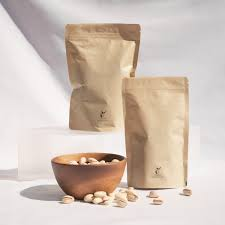
What is coffee packaging that is compostable?
Traditionally, materials that will decompose into their organic components under the correct conditions are used to make compostable coffee packaging.
Typically, it is produced with renewable resources like sugarcane, cornstarch, and maize. Once disassembled, these parts have no adverse effects on the environment.
Compostable packaging, which is mostly constructed of organic material, has gained popularity in the food and beverage sector. Notably, it is often used to package and sell coffee by speciality roasters and coffee cafes.
Compostable packaging is different from other kinds of bioplastics since it comes in a variety of sizes, forms, and designs.
The phrase “bioplastic” refers to a wide variety of substances. It can be used to describe plastic products made from biomass resources that are renewable, including vegetable fats and oils.
Polylactic acid (PLA), a compostable bioplastic, is particularly well-liked in the coffee industry. This is because they assist reduce a business’ carbon footprint by simply leaving behind water, carbon dioxide, and biomass when they are duly disposed of.
Traditionally, fermented sugars from starch plants including corn, sugar beet, and cassava pulps have been used to make PLA. In order to create PLA pellets, the extracted sugars are fermented into lactic acid and then go through a polymerization process.
These pellets can be used to create additional products, including bottles and biodegradable medical devices like screws, pins, and rods, by combining them with thermoplastic polyester.
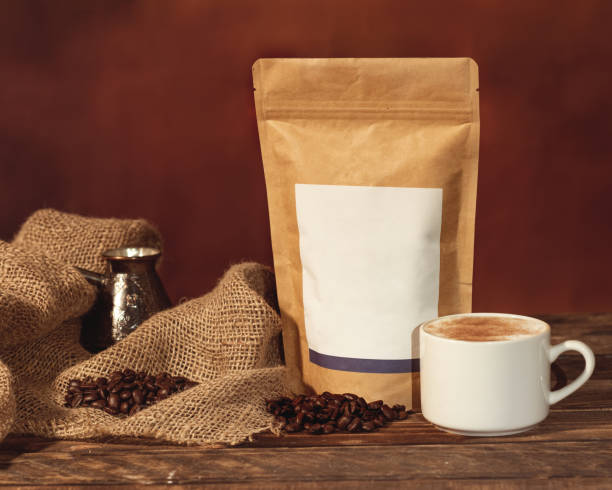
PLA’s barrier qualities and inherent heat resistance make it the ideal material for coffee packaging. Additionally, it offers an oxygen barrier that is just as effective as conventional thermoplastics.
The main dangers to coffee’s freshness are oxygen and heat together with moisture and light. As a result, packaging must stop these elements from influencing and potentially deteriorating the beans inside.
As a result, most coffee bags need numerous layers to safeguard and keep coffee fresh. Kraft paper and a PLA liner are the most typical material combination for compostable coffee packaging.
Kraft paper is completely compostable and complements the minimalist style that many coffee shops prefer to choose.
Kraft paper may also accept water-based inks and be utilized in contemporary digital printing techniques, both of which are much more environmentally friendly.
Compostable packaging may not be appropriate for enterprises looking to keep their products fresh for a long time, but it is ideal for speciality coffee. This is due to the fact that PLA will function for up to a year practically exactly the same as conventional polymers.
It is not surprising that roasters and coffee cafes are eager to implement compostable coffee packaging in a sector where consumers frequently prioritize sustainability.
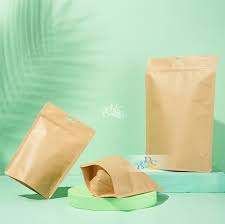
How long will compostable coffee packaging last?
Packaging that is compostable is made in a way that only certain conditions will cause it to decompose.
It needs the proper microbiological environments, oxygen and moisture levels, warmth, and a considerable length of time to decompose.
As long as it is kept cool, dry, and well-ventilated, it will continue to be strong and capable of protecting coffee beans.
As a result, the circumstances necessary for it to degrade must be carefully managed. Because of this, certain compostable packaging might not be appropriate for composting at home.
Instead, PLA-lined compostable coffee packaging should be disposed of in the appropriate recycling container and taken to the appropriate facility.
For instance, the UK now has over 170 such industrial composting facilities. The provision for customers to return discarded packaging to a roastery or coffee shop is another program that is gaining popularity.
The owners can then guarantee that they are properly disposed of. Origin Coffee is one UK-based roastery that excels at this. It has made it easier to collect its industrially biodegradable packaging components starting in 2019.
Additionally, as of June 2022, it employs only 100% home biodegradable coffee packaging, albeit kerbside collections are still not possible with this.
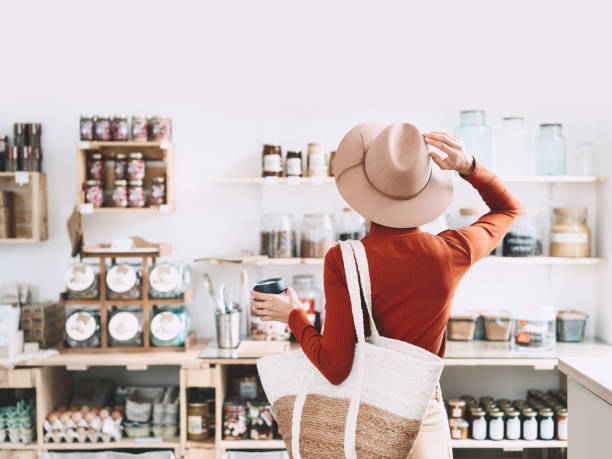
How can roasters make their compostable coffee packaging last longer?
In essence, compostable coffee packaging must be able to preserve roasted coffee for nine to twelve months with little to no deterioration in quality.
Compostable PLA-lined coffee bags have demonstrated superior barrier characteristics and freshness retention in tests compared to petro-chemical packaging.
Over a 16-week period, licensed Q graders were tasked with testing coffees kept in various types of bags. They were also instructed to do blind cuppings and score the freshness of the product based on a number of important characteristics.
According to the findings, the compostable substitutes retain flavor and scent just as good as or better. They also observed that the acidity barely decreased over that time.
Similar storage requirements apply to compostable coffee packaging as they do for coffee. It should be kept out of direct sunlight in a cool, dry area. Roasters and coffee businesses should keep in mind each of these elements when keeping any coffee bags.
However, PLA-lined bags need special attention since they could degrade more quickly under any of these circumstances.
Compostable packaging can support a company’s sustainability objectives and appeal to an increasing number of environmentally conscious customers if properly maintained.
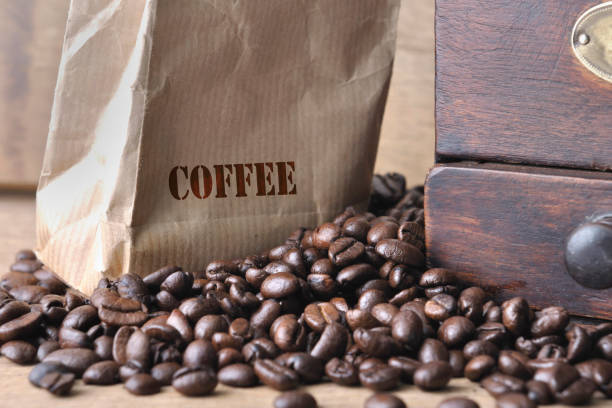
The key here, as with many other aspects of retail coffee, is informing customers of appropriate practices. To keep the coffee fresh, roasters have the option of digitally printing instructions on how to store compostable coffee bags.
Additionally, they can advise customers on how and where to properly recycle their PLA-lined bags by showing them where to dispose of them.
At Cyan Pak, we provide environmentally friendly packaging for coffee roasters and coffee shops that will protect your coffee from light exposure and demonstrate your dedication to sustainability.
Our multilayer rice or kraft paper pouches use PLA laminates to create extra barriers to oxygen, light, heat, and moisture while maintaining the packaging’s recyclable and compostable qualities.
Contact us for more details about compostable coffee packaging.
Post time: May-09-2023

